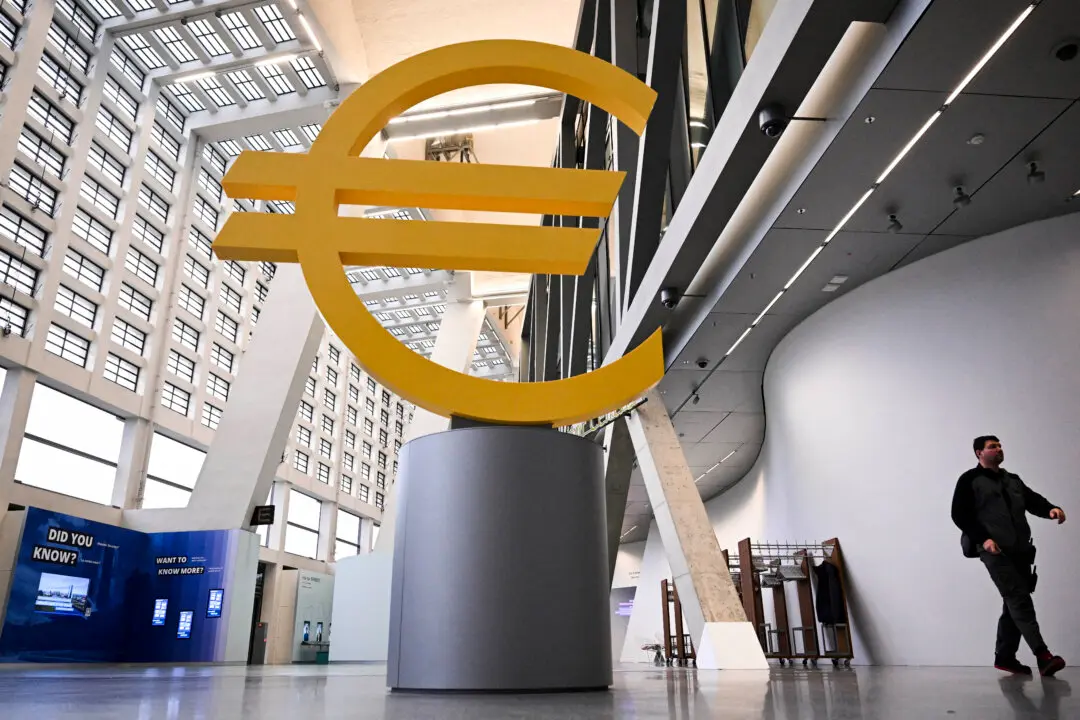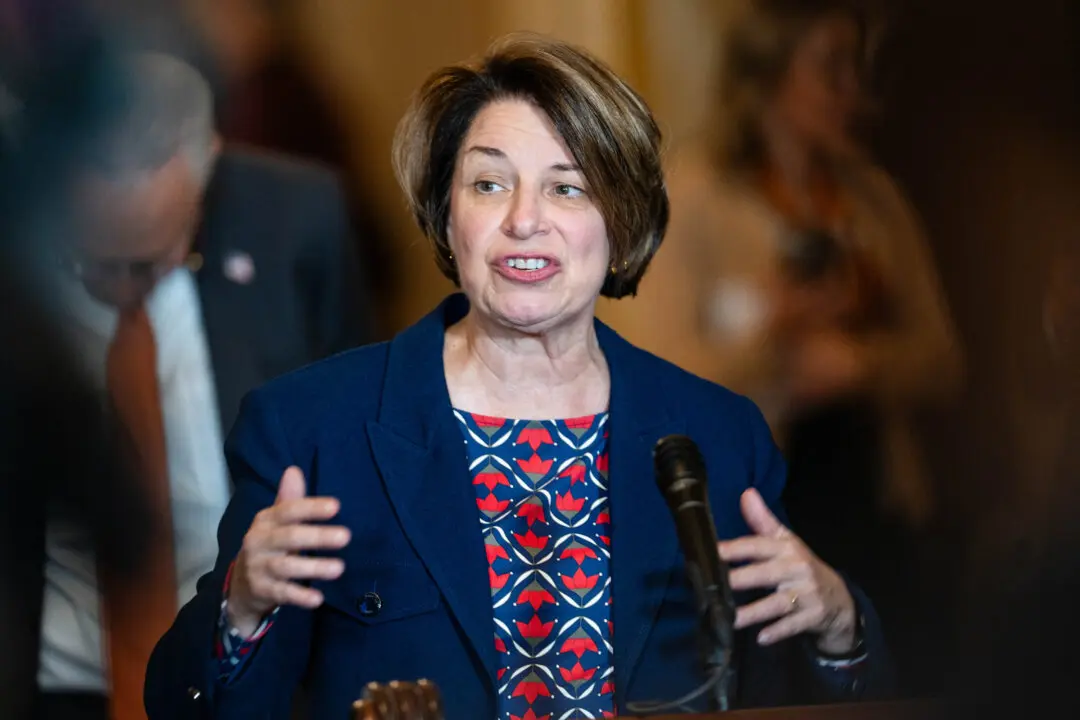Economic output in the United States will shrink by 34 percent in the second quarter as the CCP virus pandemic delivers a worse-than-expected hit to the economy, Goldman Sachs stated in a new report.
Authored by economist Jan Hatzius, the report lays out a gloomier forecast than the investment bank’s previous report, headlined “A Sudden Stop for the U.S. Economy,” which had predicted a 24 percent tumble in second-quarter gross domestic product (GDP).





